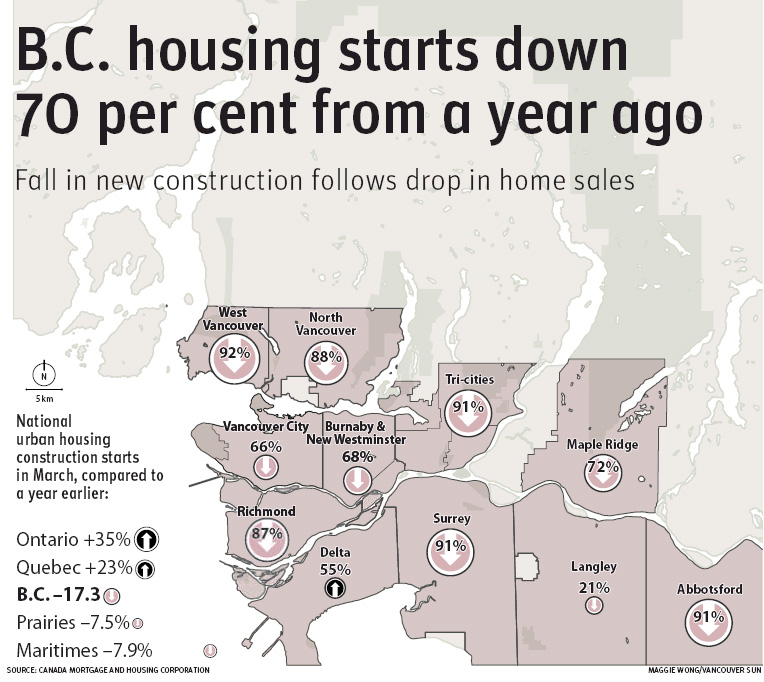Financing details vague, but project would include Canada’s largest water park, hotels and a convention centre
Brian Morton
Sun
Recession? What recession?
That’s the word from Kamloops builder Doug Wittal and his partners, who are ignoring the economic downturn and moving ahead with a $200-million theme park that could well be the city’s largest tourism project yet.
“We’ve never participated in this recession,” Wittal, owner of Kamloops-based DW Builders, said in an interview Friday. “We’re not involved in it. We hope to start construction on the water park in about three months. We hope to have it open in the summer of 2010.”
Called Sedric’s Adventure Resort and Theme Park, the project — located on an18-hectare stretch of land on the Kamloops Indian reserve beside Highway 5 — is huge by any standard.
Wittal said it will not only include Canada’s largest water park, capable of handling up to 8,000 people a day, but two hotels, a 3,000-seat ice arena with a retractable roof (for use in the summer, including concerts), two drive-through restaurants, a commercial office and retail building, and an 800-person convention centre, which is expected to have an $80-million annual impact on the local economy.
The water park itself will include what Wittal said are some first-ever rides, including a 360-degree loop, as well as a wave pool, a swim-up bar, a “lazy river” for floating in tubes and a “flow-rider” surfing pool.
Wittal, who is partnering with Kamloops-based Touch Point Attractions, said he has investors lined up from China, Japan and Switzerland, but wouldn’t provide any more details. “The project is so large that we have different avenues of financing for each part.”
Wittal said he has faith in Kamloops‘ future, citing the airport expansion and the “10-million tire traffickers that go through Kamloops a year.”
As well, WestJet began direct flights from Calgary to Kamloops last June, opening up service from Alberta.
Asked if it was Kamloops‘ largest tourism project ever, he replied: “That’s a fair assessment.”
Wittal said the project will ultimately employ about 1,500 people and that it should be completed in about five years.
Wittal — whose biggest project so far is a 52-unit townhouse development — said he’s confident the project will work out fine. “This is something totally different, although it’s not significantly different than what we [build]. And it’s something that’s needed in Kamloops.”
The larger 300-room hotel is being designed by award-winning Vancouver architect Nick Milkovich, who said this week that he has studied the property and its environment.
“I was taken by the colouring,” he said of the sage, trees and land.
Kamloops Indian Band Chief Shane Gottfriedson welcomed the jobs and the boost to the region’s economy that the project would bring.
“Our future’s very bright,” he said. “We are very excited about the opportunities.”
Mayor Peter Milobar said the people behind Sedric’s are leaders in their fields. “They know what they’re doing.”
Geoff Chutter of Whitewater West is doing the water park. He has designed parks for Disney, Universal Studios, Six Flags, SeaWorld and others.
“SeaWorld and Knott’s Berry Farm have nothing on this project. I know. I designed them,” he said.
Despite Wittal’s optimism, the senior vice-president of marketing for Wild Water Kingdom in Brampton, Ont., wasn’t sure Kamloops has enough people to buoy up Sedric’s.
David Bray said Wild Water Kingdom, which is the biggest water park in Canada, has several million people in the Toronto area to draw upon. Even at that, the park gets about 5,000 people on a good day — 3,000 less than Wittal’s hoping for.
Bray said tourism travel is down because of the economy.
© Copyright (c) The Vancouver Sun










